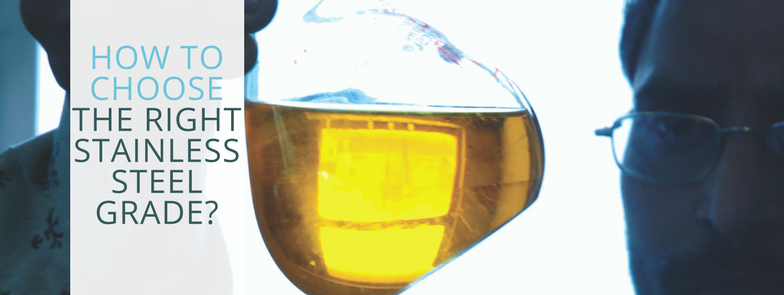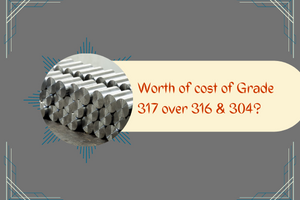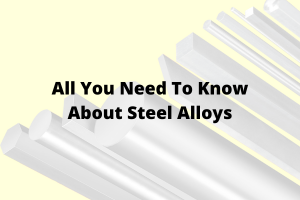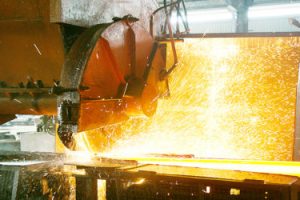Selecting the right stainless steel grade
With over more than 150 stainless steel grades and numerous products to look over, it’s smooth to get stressed. Right here at Ambica steels ltd., we can endorse you which grade to select to satisfactory match your project.
Following are a couple of the essential elements you must be searching to pick a product on the way to meet all of your expectancies.
There are few ranges whilst material choice needs to be made:
- At the time of creating new equipment or application
- Change in process or new process
- Change of current used material to reduce cost
- Change of material due to poor performance
When selecting stainless steel the basic families available are:
- Austenitic general service and wet corrosion steels
- Austenitic high temperature steels
- Common Ferritic
- Common Marsenitic
- Duplex
The following are the essential elements while considering which stainless steel grade you want:
- Corrosion resistance
- Mechanical strength
- Heat resistance
- Magnetic response
- Life cycle Cost
1. Corrosion resistance
The surroundings in which the stainless-steel product could be established is the main factor to select right grade. The principle concerns are atmospheric situations, the concentration tiers of precise chemicals which include the presence of acid and chloride.
Austenitic stainless-steel grade like 303 or 304 will be the most preferred grade in low corrosive surroundings; while in more exceedingly corrosive environments excessive in acidic content material, chlorine or sea-water then 316 could be required.
2. Mechanical strength
The foundation for steel selection is the union of strength and corrosion resistance. the strongest steels may not usually be suitable. for example, excessive strength austenitic steels produced by using work hardening aren’t suitable where welding is done, because it softens the metal.
Hence, this union of corrosion resistance & strength involves specifically elevated on low temperature and strength at room temperature. High strength stainless steels are available in austenitic, duplex, and martensitic grades.
3. Heat resistance
The temperature of the surroundings is likewise an important component. Excessive temperatures like the ones found in furnace environments (900 – 1175C) boost up corrosion rates and exert extra pressures on stainless-steel material. They require a better grade of stainless-steel in particular designed for warmth resistance, like ss grade 321.
4. Magnetic response
Austenitic grades have a low magnetic reaction or ‘relative magnetic permeability’; those containing higher nickel content, for example, the 316 or 310 grades are ensured non-magnetic in any situations. The ferritic and martensitic stainless steel grades (400 series) have high permeabilities and are categorized as ‘ferromagnetic’. Duplex grades like 2101 and 2205 are also ferromagnetic.
5. Life cycle Cost
Obviously, the cost is dependably a factor and should be adjusted with the various contemplations. From time to time the best-specialized alternative is just too costly, however, ensure that you evaluate cost on a life cycle basis instead of on the underlying cost alone. Stainless steel materials have a tendency to have an extended life so higher quality steel with a higher direct cost is justified.
As leading integrated stainless steel manufacturer in India, Ambica Steels Ltd. has become the trusted name for all types of stainless steel grades.




